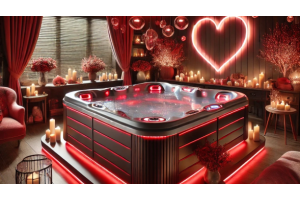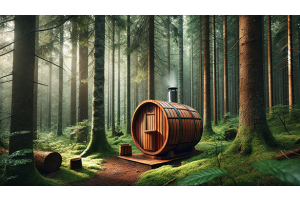How do I choose a heat pump for my hot tub?
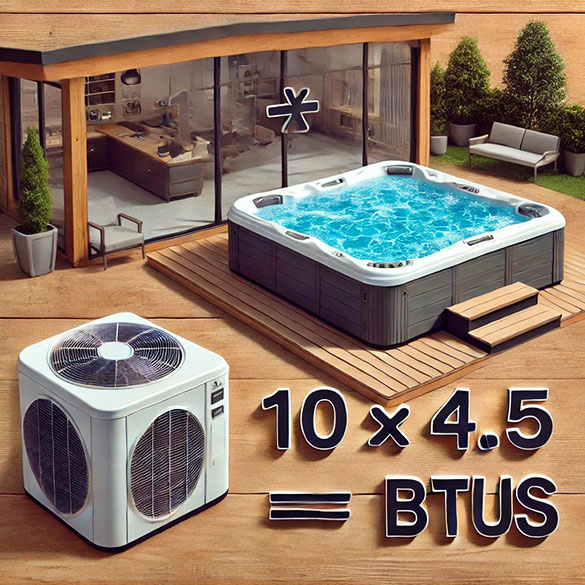
Choosing a heat pump for your hot tub involves several factors to ensure optimal performance and energy efficiency. Here's a guide to help you make an informed decision:
1. Compatibility:
Ensure the heat pump is compatible with your specific hot tub model.
Check the manufacturer’s specifications or consult with a professional to verify compatibility.
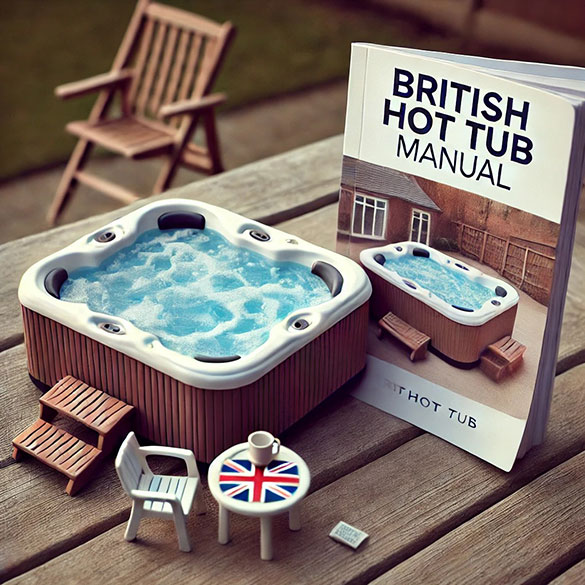

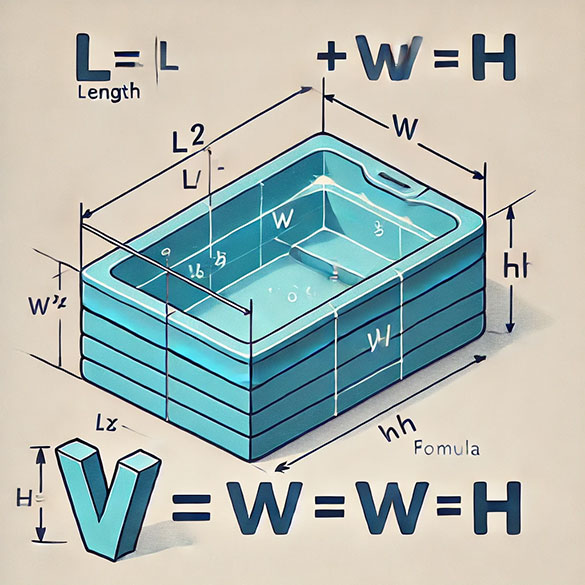

2. Capacity and Size:
Choose a heat pump with the appropriate capacity for your hot tub's volume.
The heat pump should be capable of efficiently heating the water to your desired temperature.
The size is often measured in British Thermal Units (BTUs), and a larger hot tub will typically require a higher BTU rating, based on the wqter volume.
3. Climate and Efficiency:
Consider the climate you live in. If you live in a cooler climate, you may need a more powerful heat pump.
Look for models that provide efficient operation in lower temperatures.
Check the Coefficient of Performance (COP) rating.
A higher COP indicates better efficiency, meaning the heat pump will consume less power to deliver a given amount of heat.




4. Running Costs:
Assess the running costs by considering both the initial price and the expected energy consumption.
An energy-efficient unit might have a higher upfront cost but can save money in the long run due to lower operating expenses.
5. Noise Level:
Consider the noise level if the hot tub is near living areas.
Some heat pumps are designed to operate significantly more quietly than others.
Loud heat pumps will annoy your neighbours.
Be aware that there are regulations which state that heat pumps must adhere to noise limits to minimise disturbance, particularly for neighbours.
The maximum allowable noise level is set at 40 decibels during the evening and at night (from 7 PM to 7 AM), calculated at either the neighboring property boundary or an open window on the same plot.
During the day, the noise level can be slightly higher, with a cap of 45 decibels.
These regulations aim to ensure that heat pumps operate quietly, reducing noise pollution in residential areas.
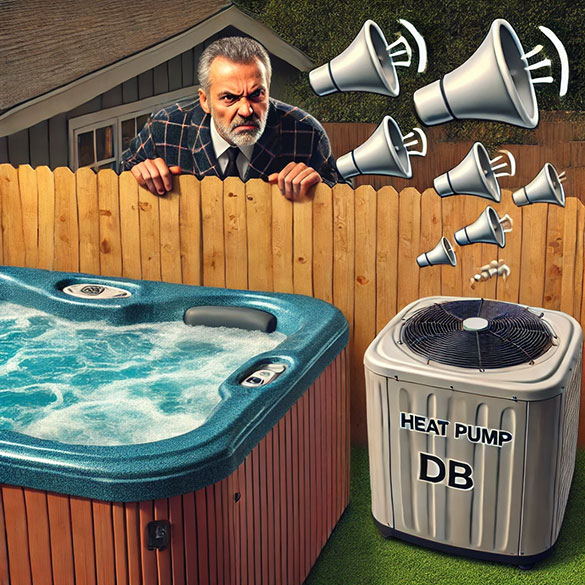

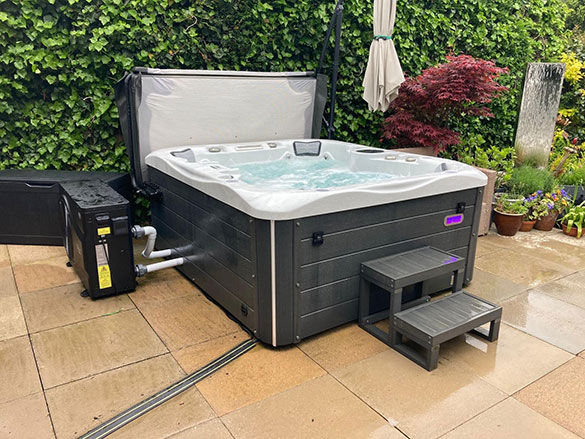

6. Installation and Space Requirements:
Ensure you have adequate space for the heat pump installation.
Heat pumps require proper airflow and should be placed in a well-ventilated area.
7. Controls and Features:
Look for heat pumps with user-friendly controls and programmable settings that allow you to conveniently manage the temperature and operation schedules.


9. Professional Advice and Installation:
Consult with a professional to evaluate your specific needs and recommend appropriate models.
Professional installation is typically recommended to ensure proper setup and operation.




10. Additional Features:
Consider any extra features that might be beneficial, such as a reverse cycle (cooling) function if you also want to cool the water in warm weather.
By taking these factors into account, you can make a well-informed decision and select a heat pump that effectively meets your hot tub’s heating requirements while being energy efficient and saving you money.




